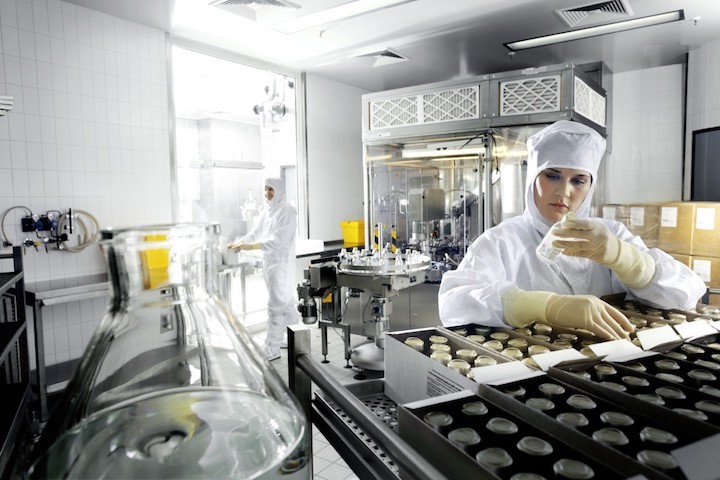The development and testing phases for COVID-19 vaccines appear to be entering the home stretch. Bringing a vaccine to market in early 2021 would shatter all speed records for vaccine development.
The next challenge will become distribution. Dealing the disease a decisive blow will require inoculating 70% of all humans, or about 5.5 billion people, at two doses a pop. According to a recent DHL report, this campaign will require 200,000 pallet shipments, 15-million cooling-box deliveries, and 15,000 cargo flights.

Maersk recently announced a partnership to distribute a vaccine being developed by the U.S. company COVAXX, which is currently conducting clinical trials. Maersk said it will oversee “all logistics activities, including packing and shipping, via air or ocean.”
COVAXX said its vaccine design will allow the use of existing cold-chain storage and distribution channels. Johnson & Johnson’s vaccine will also not require handling at the bottom of the frozen chain. J&J’s vaccine is being developed on a platform developed for HIV, Zica, and Ebola treatments. “We have shown good stability at -20°C for ten years,” said Remo Colarusso, a supply chain vice president at Johnson & Johnson.
But there are currently more than 250 vaccines being developed around the world, some of which will require temperatures as low as -80°C, according to the DHL report. “This poses novel logistics challenges to the existing medical supply chain,” the report said.
Clearly, the more conventional the distribution, the less stress it will put on global cold chains. Claudia Roa, a DHL life science and healthcare vice president, said challenges can be overcome “with good planning.” “We have been talking to the manufacturers for five months,” she said, “and we have been preparing solutions depending on volumes and temperatures.” Roa acknowledged that some vaccines will require cold-storage investments in some countries.
Getting the medication into the veins of patients will present yet another challenge. Colarusso said J&J has contracts around the world to deliver vaccines to central government distribution points, while Tanya Alcorn, a global supply chain vice president at Pfizer, said that the company also has a plan to distribute vaccines to points of use.
Pfizer has also developed packaging that can maintain a temperature of -75°C if unopened for 10 days. “We worked with a partner to include a device to provide real-time GPS and thermal tracking,” said Alcorn.
Developing and distributing a vaccine may be well in hand. But for those anxious to resume travel and concert-going, it’s likely that citizens will be required carry an inoculation credential to enjoy those activities. Putting that program in place will involve a whole other logistics challenge.




